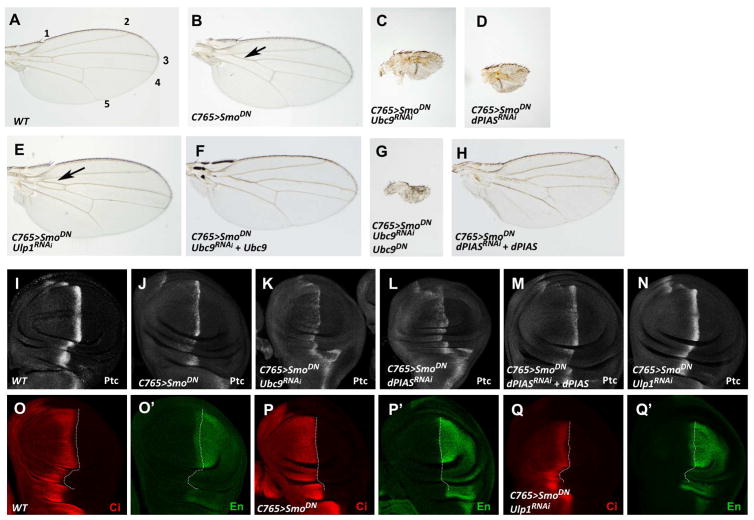Figure 1. The SUMO pathway positively regulates Hh signaling activity.
(A) A control adult wing with longitudinal veins indicated by the numbers. (B–H) Adult wings of the indicated phenotypes: expression of UAS-SmoDN alone (B), or in combination with UAS-Ubc9-RNAi (C), UAS-dPIAS-RNAi (D), UAS-Ulp1-RNAi (E), UAS-Ubc9-RNAi and UAS-Ubc9 (F), Ubc9-RNAi and UAS-Ubc9DN (G), or UAS-dPIAS-RNAi and UAS-dPIAS (H) using the C765 Gal4 driver. Arrow in (B) indicates the fusion of vein 3 and 4 in the proximal region of the wing blade, which is suppressed by Ulp1 RNAi (arrow in E). (I–Q′) Late third instar larval wing discs from the control (I, O, O′) or indicated genotypes (J–N and P–Q′) were immunostained with Ptc antibody (I–N) or Ci and En (O–Q′) antibodies. The A/P boundary is marked by the dotted lines based on Ci staining (O–Q′). See also Figure S1.

